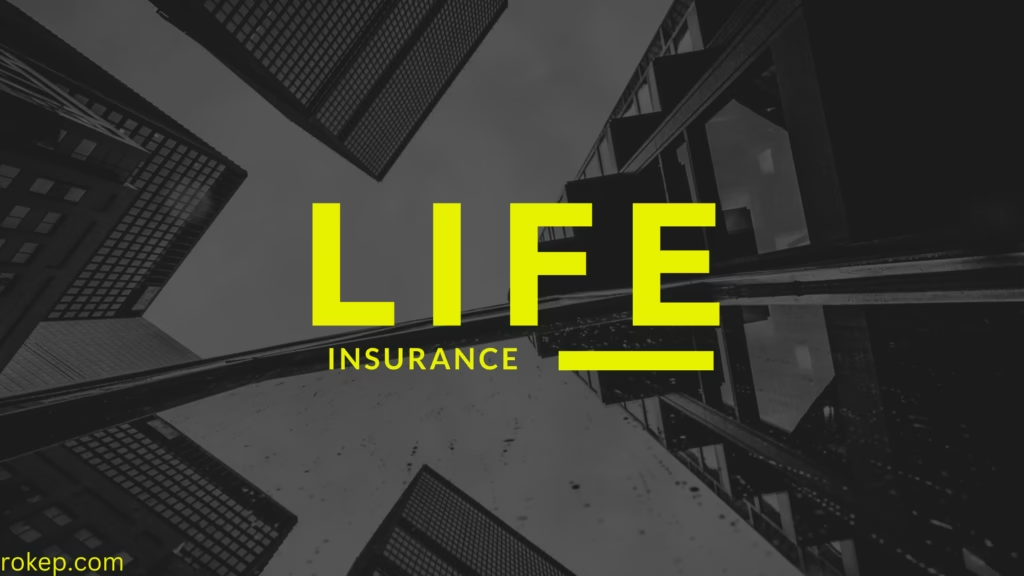Life insurance is one of the most critical components of a comprehensive financial plan, yet it is often overlooked or misunderstood. At its core, life insurance provides a financial safety net for your loved ones in the event of your passing, ensuring they are supported when they need it most. This coverage can help cover everyday living expenses, outstanding debts, education costs, and other financial obligations that might otherwise place a burden on your family.
Understanding the basics of life insurance is essential for making informed decisions about protecting your family’s future. This article explores what life insurance is, its various types, the factors that determine coverage needs, and why it is a critical tool for long-term financial security.
What is Life Insurance?
Life insurance is a contract between an individual (the policyholder) and an insurance company. In exchange for regular premium payments, the insurer agrees to provide a lump-sum payment (known as the death benefit) to designated beneficiaries upon the insured person’s death. This financial protection can help survivors manage expenses and maintain their standard of living during a challenging time.
Key Components of Life Insurance
- Premiums: These are regular payments made to keep the policy active. Premiums vary based on factors such as age, health, lifestyle, and coverage amount.
- Death Benefit: This is the amount paid to beneficiaries upon the policyholder’s death. It is typically tax-free.
- Policy Term: Life insurance policies can be temporary (term life insurance) or permanent (whole or universal life insurance).
Types of Life Insurance
There are several types of life insurance, each tailored to different financial needs and goals. Understanding these options can help you choose the policy that aligns with your circumstances.
1. Term Life Insurance
- Overview: Term life insurance provides coverage for a specific period, such as 10, 20, or 30 years. If the insured person passes away during the term, the beneficiaries receive the death benefit. If the policyholder outlives the term, no payout occurs unless the policy includes renewal options.
- Advantages: It is more affordable than permanent insurance, making it ideal for young families or individuals with limited budgets.
- Best For: Covering temporary needs like paying off a mortgage or funding a child’s education.
2. Whole Life Insurance
- Overview: Whole life insurance is a type of permanent insurance that provides coverage for the policyholder’s entire lifetime as long as premiums are paid. It also includes a cash value component that grows over time on a tax-deferred basis.
- Advantages: Offers lifelong coverage and acts as a savings vehicle.
- Best For: Individuals seeking both life insurance and a long-term financial investment.
3. Universal Life Insurance
- Overview: Similar to whole life insurance, universal life policies offer lifelong coverage but with more flexibility. Policyholders can adjust premiums and death benefits over time.
- Advantages: Greater flexibility and potential for cash value growth.
- Best For: Those looking for adaptable coverage to meet changing financial needs.
4. Variable Life Insurance
- Overview: This type of policy combines a death benefit with investment options. Policyholders can invest the cash value in various accounts, such as mutual funds.
- Advantages: Higher potential for returns compared to traditional whole or universal life policies, though it carries greater risk.
- Best For: Individuals comfortable with investment risk who want the potential for greater financial growth.

Why Do You Need Life Insurance?
Life insurance is not a one-size-fits-all solution, but it serves critical purposes in various financial situations. Here are some of the most compelling reasons to consider purchasing life insurance:
1. Income Replacement
For families that rely on a primary earner’s income, the loss of that income can be devastating. Life insurance ensures that dependents can maintain their standard of living, covering everyday expenses like rent, utilities, and groceries.
2. Debt Protection
Life insurance can prevent loved ones from inheriting financial burdens. For example, the death benefit can be used to pay off a mortgage, credit card debt, student loans, or car loans, allowing survivors to focus on healing without financial stress.
3. Estate Planning
Life insurance can play a crucial role in estate planning, helping heirs pay estate taxes or equalizing inheritances among beneficiaries. For larger estates, it ensures that assets don’t need to be liquidated to cover tax obligations.
4. Education Funding
A life insurance policy can secure funds for children’s college tuition or other educational expenses, ensuring their future opportunities are not compromised.
5. Peace of Mind
Beyond financial reasons, life insurance provides emotional reassurance that your family will be cared for, no matter what happens.
How Much Life Insurance Do You Need?
Determining the appropriate coverage amount depends on several factors. A common rule of thumb is to purchase coverage equal to 10–15 times your annual income, but individual needs can vary.
Factors to Consider
- Current Income and Expenses: Calculate the amount required to maintain your family’s standard of living.
- Debts and Liabilities: Include any outstanding loans or obligations, such as a mortgage or medical bills.
- Future Financial Goals: Account for long-term needs, such as retirement savings for a surviving spouse or education costs for children.
- Existing Savings and Assets: Consider how current assets, such as savings accounts or investments, could offset the need for additional coverage.
Online life insurance calculators, like the one provided by the National Association of Insurance Commissioners (NAIC), can help estimate your coverage needs.
The Cost of Life Insurance
Premiums for life insurance vary widely based on factors such as:
- Age: Younger individuals typically pay lower premiums.
- Health: Pre-existing conditions or high-risk habits like smoking can increase costs.
- Policy Type: Term insurance is more affordable than permanent insurance.
- Coverage Amount: Higher death benefits result in higher premiums.
For those concerned about affordability, term life insurance is often a good starting point. Shopping around and comparing quotes from reputable insurers is essential for finding a policy that fits your budget.
How to Buy Life Insurance
Purchasing life insurance involves several steps:
- Assess Your Needs: Determine the type and amount of coverage required.
- Compare Policies: Use online marketplaces or work with an insurance agent to evaluate options.
- Apply and Undergo Underwriting: Most policies require medical underwriting, which involves a health questionnaire and possibly a physical exam.
- Review and Update: Life insurance needs can change over time. Regularly review your policy to ensure it remains adequate.
For guidance on selecting a policy, visit resources like the Consumer Financial Protection Bureau (CFPB).
Tax Benefits of Life Insurance
Life insurance policies offer several tax advantages:
- Tax-Free Death Benefit: In most cases, beneficiaries do not have to pay income tax on the death benefit.
- Tax-Deferred Growth: The cash value of permanent policies grows tax-deferred, meaning you won’t pay taxes on the growth until withdrawal.
- Policy Loans: Borrowing against the cash value of a policy is generally tax-free.
However, there are exceptions. For example, large estates may be subject to estate taxes, and certain withdrawals can trigger income tax. For more details, consult the IRS Life Insurance Tax Guide.
Common Myths About Life Insurance
Despite its importance, life insurance is often misunderstood. Here are some common myths debunked:
- “I’m too young to need life insurance.” Younger individuals can lock in lower premiums, making it the ideal time to purchase coverage.
- “Life insurance is too expensive.” Term policies are affordable for most people, with monthly premiums often comparable to the cost of a streaming subscription.
- “I have savings, so I don’t need life insurance.” Even with significant savings, life insurance provides a guaranteed payout that can cover unexpected expenses or financial goals.
Conclusion: Protecting What Matters Most
Life insurance is more than a financial product—it’s a promise to protect your family and secure their future. By understanding the basics, evaluating your needs, and choosing the right policy, you can ensure that your loved ones are supported during life’s most challenging moments. Take the first step today by exploring your options, consulting trusted resources, and speaking with a qualified insurance professional.
For more information on life insurance, visit the U.S. Department of Labor’s Life Insurance Overview.
